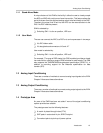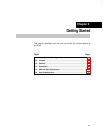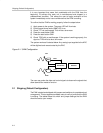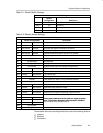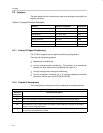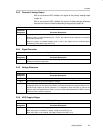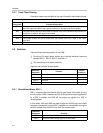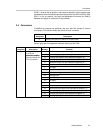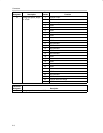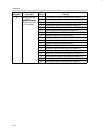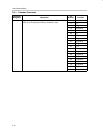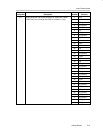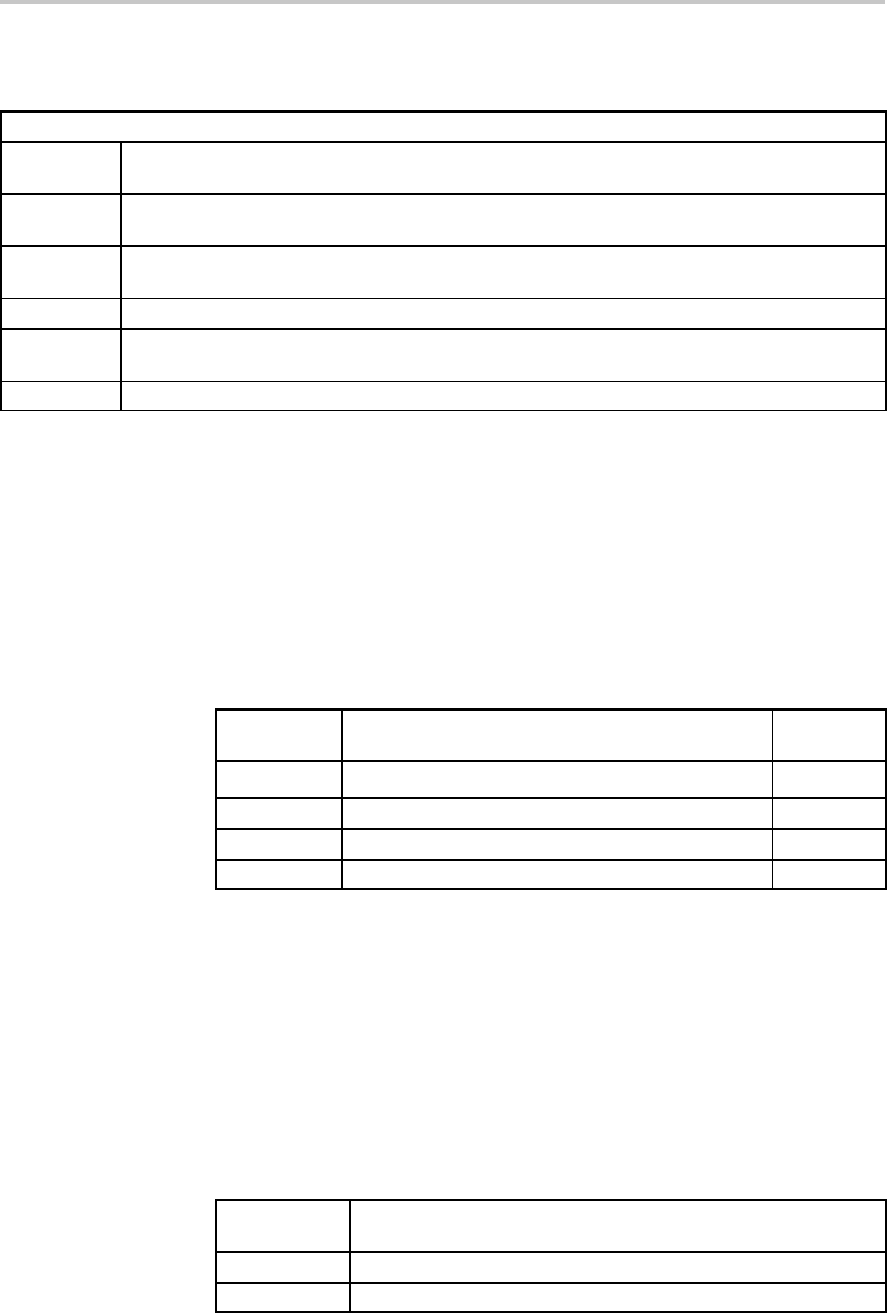
Switches
2-6
2.2.7 Clock/Timer Routing
A variety of options are available to the user. Be careful about altering these.
Clock/Timer Routing
Reference
Designator
Functional Description
W21 This jumper defines the clock that the ADC and DAC use for all their timing. The user can select
either the output from W23 or the output from W22 to be the base clock for the system.
W23 This jumper allows the user to select either an external clock, or the onboard 20-MHz oscillator for
conversion. In addition, this signal is fed to W20.
W20 W20 provides a route for the EVM to generate CLKS for a DSP if so desired.
W22 This jumper enables the user to select either the transmit clock from a DSP, or the output
from W24.
W24 W24 connects or isolates the timer output from a DSP.
2.3 Switches
There are three switches present on the EVM:
- One 8-pin DIL switch which houses four individual switches; these are
denoted SW1-1, SW1-2, SW1-3, and SW1-4.
- Two momentary push-button switches
Features and functions of each switch:
Reference
Designator
Function
Default
Condition
SW1-1 Selects either stand-alone mode (SAM) or user mode SAM
SW1-2 Reserved
SW1-3 Reserved
SW1-4 Reserved
2.3.1 Stand-Alone-Mode, SW1-1
SW1-1 chooses either stand-alone mode or user mode. If the switch is set to
the off position, SAM is selected and the EVM ignores all signals generated
by a DSP. In addition, the EVM will not output any signals to a DSP or
microprocessor.
In this mode, SW2 and SW3 are used to reset the EVM’s logic and initiate
automatic conversions from the ADC, in addition to automatically routing the
serial bit stream from the ADC to the DAC for reconstruction.
Reference
Designator
Function
SW2 Initiates ADC and DAC conversions in SAM
SW3 Forces the EVM’s control logic into a known state





